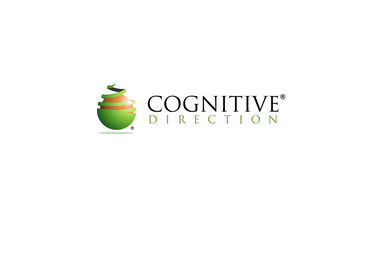Workplace Stress Monster: Strategies for Employee Well-being
Discover the devastating impact of workplace stress and learn effective strategies to reduce it. Explore practical solutions for creating a healthier and more productive work environment, including flexible work arrangements, employee support programs, and management training.
Cognitive Direction
2 min read

Taming the Workplace Stress Monster: Strategies for Boosting Employee Well-being and Corporate Performance
Introduction
Workplace stress has emerged as a significant challenge in contemporary organizations, with far-reaching consequences for both employee well-being and employers. The escalating pressure to meet performance targets, coupled with demanding work-life balance, has led to a surge in stress-related issues. This blog delves into the impact of workplace stress, exploring effective corporate well-being strategies for organizations to mitigate its effects and foster a healthier, more productive workforce.
The High Cost of Workplace Stress on Corporate Well-Being
Workplace stress is a multifaceted issue with profound implications for individuals and organizations. Employees grappling with high stress levels often experience:
Decreased productivity and job performance
Increased absenteeism and presenteeism
Employee Well-Being Impacts of Workplace Stress
Weakened immune systems and physical health issues
Mental health challenges such as anxiety and depression
Difficulty concentrating and making decisions
Organizational Impacts of Workplace Stress
From the organizational perspective, the corporate well-being consequences are equally severe. High levels of stress can lead to:
Increased turnover rates
Higher healthcare costs
Decreased employee morale and engagement
Damaged employer brand reputation
Strategies for Managing Workplace Stress
To address the growing challenge of workplace stress, organizations must implement comprehensive corporate well-being strategies that focus on both individual and organizational well-being.
Employee-Centric Approaches:
Flexible Work Arrangements: Offering flexible work options, such as remote work and flexible hours, can empower employees to manage their workloads and personal commitments effectively.
Employee Assistance Programs (EAPs): Providing access to confidential counseling and support services can help employees cope with stress and build resilience.
Work-Life Balance Initiatives: Implementing policies and programs that promote work-life balance, such as extended parental leave, flexible time off, and wellness programs, can significantly reduce stress.
Employee Recognition and Rewards: Acknowledging and appreciating employees' contributions can boost morale and reduce stress.
Open Communication Channels: Creating a safe and supportive environment where employees feel comfortable discussing their concerns and seeking help is crucial.
Organizational-Level Strategies:
Leadership Training: Equipping managers with the skills to recognize and address employee stress is essential.
Workplace Culture Assessment: Identifying and addressing organizational factors contributing to stress, such as excessive workloads or toxic work environments.
Stress Management Training: Offering workshops and training sessions on stress management techniques, mindfulness, and relaxation can empower employees to take control of their well-being.
Health and Wellness Programs: Providing access to physical and mental health resources, such as gym memberships, wellness challenges, and mental health apps.
Conclusion
By implementing these corporate well-being strategies, organizations can create a supportive and healthy work environment that prioritizes employee well-being. Reducing stress levels not only benefits employees but also drives organizational performance, leading to increased productivity, innovation, and employee retention.
Request a Consultation on Workplace Stress
Don't let workplace stress hold your organization back. Discover how Cognitive Direction can help you create a thriving workplace culture.

9 Coldbath Sq
London
EC1R 5HL


Subscribe to our Corporate Well-Being and Wellness Newsletter
Contact Us
© 2025, Cognitive Direction | All Rights Reserved (UK & USA)
Cognitive Direction
'Best Corporate Well-being Consultancy 2020'
- UK Enterprise Awards 2020
UK | USA | EUROPE
400 West 43rd St
New York
NY 10036
75 Vine St
Seattle
WA 98121
1150 S Olive St
Los Angeles
CA 90015
